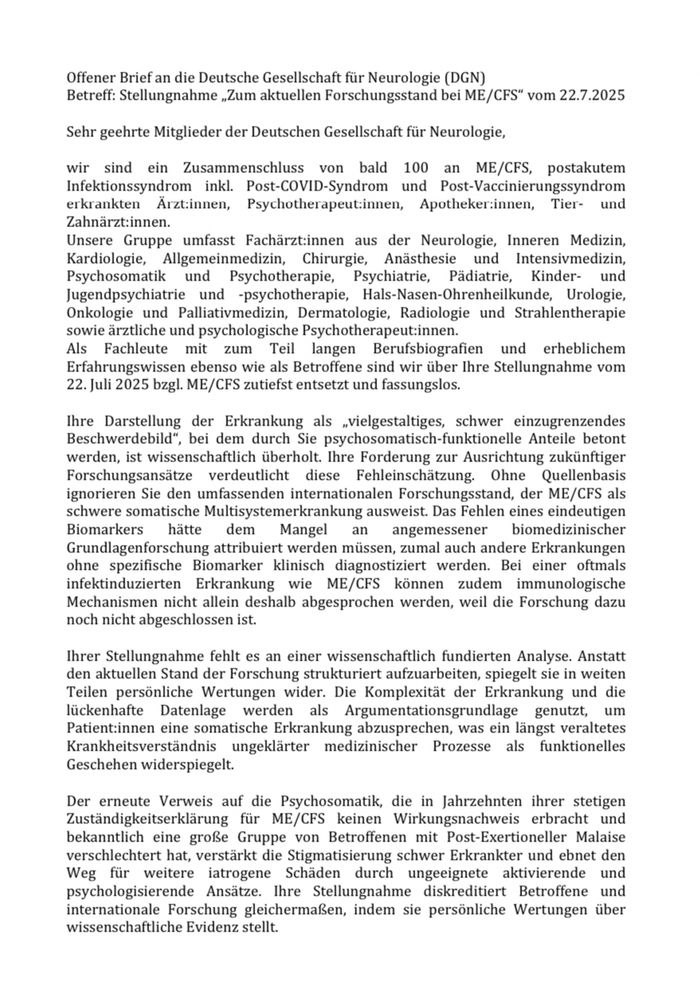




![A Linechart showing the Equilibrium Amount of viable infectious particles for 2 theoretical viruses depending on different Ventilation Rates from 0 to 100 l/s in a 100m³ room. Virus A emits 1000 particles per second and has a half-life of 30 minutes. Virus B emits 2000 particles a second and has a half-life of 10 minutes. At low Ventilation rates Virus A has a higher Equlibrium particle count, at high ventilation, Virus B has a higher one.
The Title and Subtitle of the chart is: Changes in Ventilation makes a bigger difference the slower a Virus decays
(Important: to demonstrate the general effect the decay rate here is assumed to be constant but the decay rate itself can be effected by ventilation because of changing CO2-Levels , Humidity etc - this varies between Viruses and exact conditions) [Values shown based on a simple Wells-Riley-Model-Implementation]](https://cdn.bsky.app/img/feed_thumbnail/plain/did:plc:7ddpahfdaqe6ioeh3jczdrco/bafkreian2r2el7guvyqrs7zqtjfpwlyelgkw3auci4w243cutmn36f6gfq@jpeg)
![A Linechart showing the Equilibrium Amount of viable infectious particles for 2 theoretical viruses depending on different Ventilation Rates from 0 to 100 l/s in a 100m³ room. Virus A emits 1000 particles per second and has a half-life of 30 minutes. Virus B emits 2000 particles a second and has a half-life of 10 minutes. At low Ventilation rates Virus A has a higher Equlibrium particle count, at high ventilation, Virus B has a higher one.
The Title and Subtitle of the chart is: Changes in Ventilation makes a bigger difference the slower a Virus decays
(Important: to demonstrate the general effect the decay rate here is assumed to be constant but the decay rate itself can be effected by ventilation because of changing CO2-Levels , Humidity etc - this varies between Viruses and exact conditions) [Values shown based on a simple Wells-Riley-Model-Implementation]](https://cdn.bsky.app/img/feed_thumbnail/plain/did:plc:7ddpahfdaqe6ioeh3jczdrco/bafkreian2r2el7guvyqrs7zqtjfpwlyelgkw3auci4w243cutmn36f6gfq@jpeg)


"Reinhardt betonte, dass die Krankheitslast in Deutschland langfristig betrachtet durch einen Neuaufbruch bei der #Prävention reduziert werden könnte."
#CovidIsNotOver #TeamVorsicht #MaskUp
www.aerzteblatt.de/news/bundesa...

One that affects every student (and teacher), and that we can control, is indoor air quality
In this video I walk through how and offer some solutions
t.co/sSU5efGhHr
One that affects every student (and teacher), and that we can control, is indoor air quality
In this video I walk through how and offer some solutions
t.co/sSU5efGhHr
Her speech also gave us insights into how the right-wing/Murdoch media engages with science in the age of Covid
Some thoughts

Her speech also gave us insights into how the right-wing/Murdoch media engages with science in the age of Covid
Some thoughts
Clean Indoor Air is a human right!

Clean Indoor Air is a human right!

Die Umwelt dankt es euch.
Bestimmt. 🫠🍿
Die Umwelt dankt es euch.
Bestimmt. 🫠🍿

Die Stellungnahme der Deutschen Gesellschaft für Neurologie zu ME/CFS ist ein medizinischer und ethischer Rückschritt.
Sie ignoriert internationale Forschung, wiederholt widerlegte Annahmen – und gefährdet die Gesundheit
1/2

Die Stellungnahme der Deutschen Gesellschaft für Neurologie zu ME/CFS ist ein medizinischer und ethischer Rückschritt.
Sie ignoriert internationale Forschung, wiederholt widerlegte Annahmen – und gefährdet die Gesundheit
1/2
Infos findet ihr am Flyer und auf Anfrage - wir freuen uns auf euch! :)



